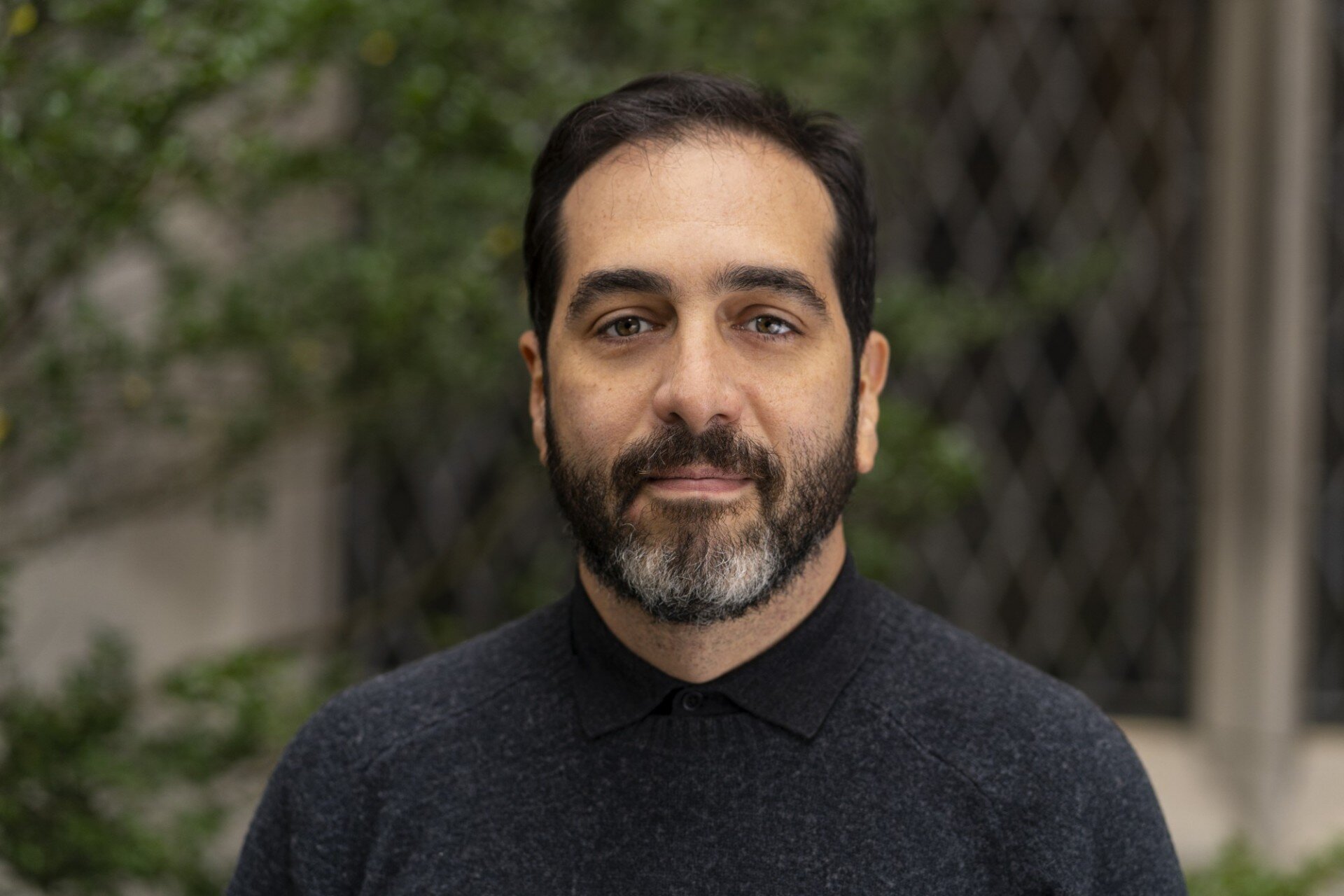Nestled at the southern tip of Jordan, where the desert meets the shimmering waters of the Red Sea, Aqaba stands as a testament to the deep, intertwined currents of history, trade, and spirituality. As Jordan’s only coastal city, Aqaba has long been a vital meeting point for cultures, religions, and civilizations, its story stretching back thousands of years. Today, the city embodies the layered dialogue of ancient and modern, sacred and everyday, reflecting the ever-evolving nature of human movement and exchange.
A Confluence of Faiths and Cultures
Aqaba’s position at the northeastern edge of the Red Sea places it at a natural crossroads, linking Africa, Asia, and the Arabian Peninsula. For millennia, this strategic location has made it a hub for traders, pilgrims, and explorers, where caravans laden with spices, incense, and precious stones once paused before venturing deeper into the continents.
But beyond its role in commerce, Aqaba has also been a site of significant cultural and religious intersections. Communities of all Abrahamic religions have crossed here, shaping the city’s multifaceted identity. The ancient port, near what was known variously as Elath or Ezion-Geber, held significance as a vital maritime outpost, and was mentioned in the Old Testament as the site of King Solomon’s trading fleet (1 Kings 9:26). These ancient narratives underscore Aqaba’s historical role as a bridge between the land-bound cultures of the Levant and the seafaring civilizations of the south.
Early Christianity in Aqaba
Among Aqaba’s most significant archaeological finds is the remains of what is believed to be the world’s oldest purpose-built church, dating from around 293 to 303 CE, predating even the more famous Holy Sepulchre in Jerusalem and the Nativity Church in Bethlehem. This early Christian structure, uncovered beneath the desert sands, speaks to a thriving community that once flourished here in the Roman period.

(Historical Aqaba Old Church)
In the 4th century, the city, then known as Ayla, became an early Christian center, with its bishops participating in major councils that shaped church doctrine. Though time and later conflict diminished this presence, traces of early Christian presence still echo in the region’s topography and history.
The Rise of Islamic Aqaba
In the 7th century, Aqaba was reestablished as Ayla, a vibrant early Islamic settlement positioned on key pilgrimage and trade routes. It flourished under the Umayyads and Abbasids, becoming a vital link between the Arabian Peninsula and distant trading centers.
_(14594745488).jpg?width=1872&height=1276&name=Journey_through_Arabia_Petraea%2c_to_Mount_Sinai%2c_and_the_excavated_city_of_Petra%2c_the_edom_of_the_prophesis_(1836)_(14594745488).jpg)
(Leon De Laborde, Pilgrims to Mecca gathering in Aqaba, from his work Journey through Arabia Petraea, to Mount Sinai, and the excavated city of Petra (1836), Public Domain)
Over the centuries, Aqaba’s strategic location drew various powers, with periods of conflict and renewal. Today, remnants of this medieval city — including fortified walls, a mosque, and residential quarters — can still be seen in the heart of modern Aqaba, serving as a tangible link to the city’s Islamic past.
Aqaba in the Modern Era
Following centuries of Ottoman rule, Aqaba entered a new chapter in 1917, when it was liberated by Arab forces during the First World War. This dramatic turn, famously chronicled in the campaigns of T.E. Lawrence (Lawrence of Arabia), marked the beginning of Aqaba’s modern revival. Today, it stands as a thriving port and economic hub, its strategic importance once again coming to the fore in the context of regional trade and tourism.

Sharif Hussein Bin Ali Mosque, By Maher27777 - Own work, Public Domain
Despite this modernization, Aqaba has retained its open, pluralistic spirit. Islam remains the dominant faith, with the striking Sharif Hussein bin Ali Mosque serving as a focal point for the city’s religious life. Yet, a small but vibrant Christian community also calls Aqaba home, represented by the Stella Maris Catholic Church, which continues a millennia-old tradition of Christian presence in the region.
Aqaba’s Living Tapestry
In Aqaba, the call to prayer and the tolling of church bells echo over the same sunlit waters that have carried traders and pilgrims for centuries. The city’s blend of ancient ruins and modern infrastructure reflects a living, evolving heritage, where the past is never far from view. As visitors stroll its busy streets or gaze out over the clear, coral-rich waters of the Red Sea, they become part of a story that stretches back to the dawn of recorded history, a story still unfolding in this desert port where worlds continue to meet.




